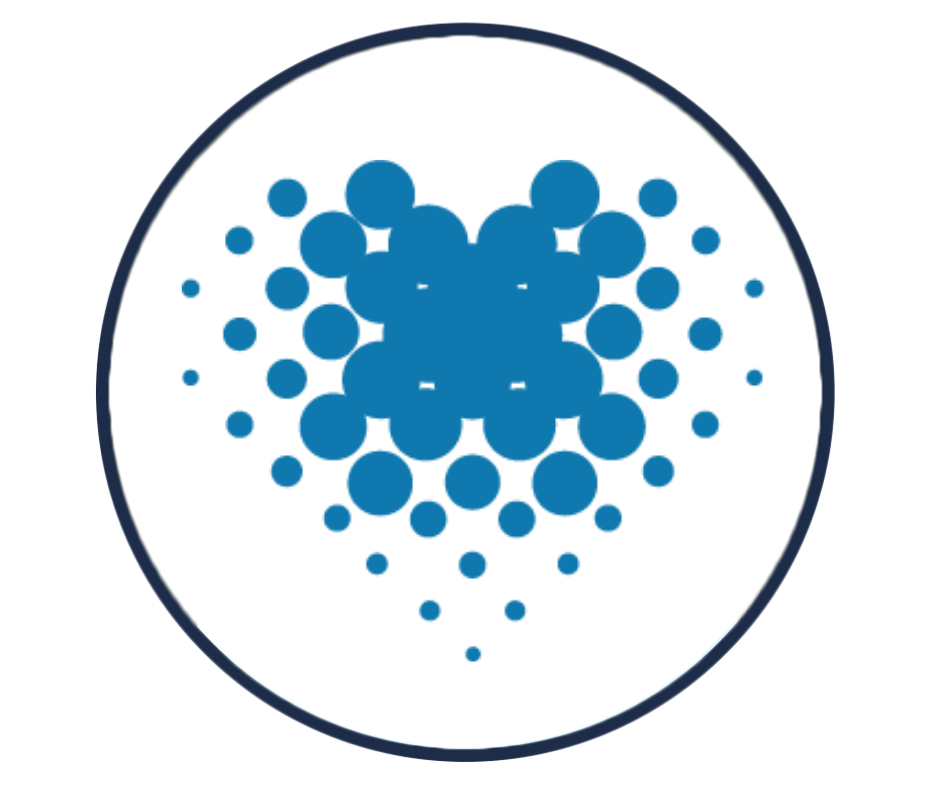Bridging the Gap between Peripheral Treatments and Modern Pain Science

Bridging the Gap between Peripheral Treatments and Modern Pain Science
This course includes
The instructors
Overview
The biopsychosocial model (BPSM) of health was presented in 1977 (by Engel) and is cited by most healthcare providers as the clinical reasoning model of choice.
This conceptual framework is essential when treating chronic or persistent conditions.
Interestingly, deviations or misinterpretations of the model appear to be rampant. Many have fallen back to a biomedical model with only passing a courteous mention of the biopsychosocial model. On the other side, proponents of the BPSM have succumbed to neuromania by suggesting that the client should be viewed only from the perspective of the CNS, and in particular, the brain.
In this course, presenter Cory Choma will demonstrate how a team approach was used to coordinate multiple practitioners in separate locations.
Join the Canadian Physiotherapy Association for this online course 'Bridging the Gap between Peripheral Treatments and Modern Pain Science'.
From the Presenter, Cory Choma
My contribution included using a modern pain science approach (The Pain Truth and Pain Made Easy) in conjunction with a needling technique (GunnIMS) and diagnostic blocks (Biomedical model). Success, in this case, eliminated the proposed need for a radio-frequency neurotomy procedure.
I present this case to suggest that peripherally directed treatments and modern pain science can and should be the same thing. I refute the suggestion that treating the periphery is old school and I remind you that Engel's original concept was to see the client as a whole human made up of body parts, thoughts, fears, social interaction, and more... and NOT to be defined by any singular aspect, tissue, behaviour or diagnosis.
The instructors


PT, CGIMS, Clinical Specialist (Pain)
Cory has been in clinical practice since 1996 and is a founding member of CSA Physiotherapy. He is one of only 4 Clinical Specialists in Pain Science in Canada and one of a handful of people awarded an ISTOP (Institute for the Study and Treatment of Pain) Honorary Fellowship. Cory has been teaching domestically and internationally since 2003 and is a senior instructor for the Continuing Professional Development branch of the Faculty of Medicine at the University of British Columbia.
Cory and Dr. S. Goodman are contributing authors in the text ‘Trigger Point Dry Needling: An Evidenced and Clinical-Based Approach’ where they present a chapter on GunnIMS. In addition to his chronic pain management practice, Cory has great experience helping injured athletes return to sport.
To learn more about Cory and the Pain Made Easy program check out www.PainMadeEasy.com
Material included in this course
-
Bridging the Gap between Peripheral Treatments and Modern Pain Science
-
Welcome!
-
Treating the Periphery
-
Case Study
-
Imaging/RX History
-
Care Plan
-
The Pain Truth and Nothing But
-
Final Treatment Leading to Autonomy
-
Is Treating the Periphery 'Old School'
-
Questions
-
Feedback